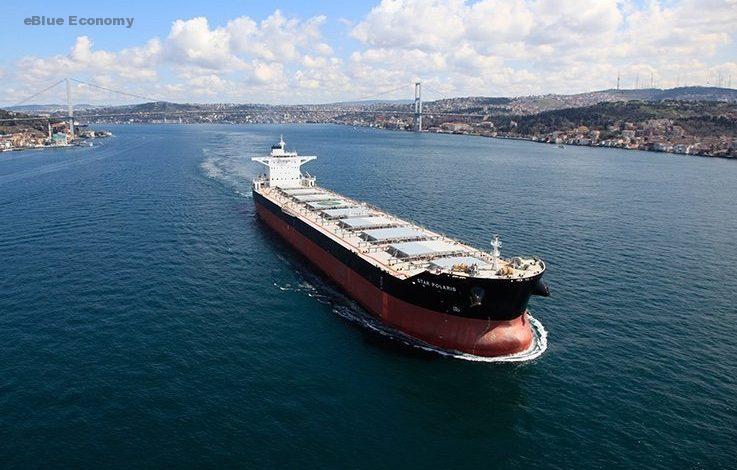BAI Index: After June Head Fake, Rates Rise Again in Anticipation of Healthy Holiday Peak
We cautioned last month that cooling in rates was likely to be short-lived, and as we see a re-acceleration, particularly on U.S.-bound routes, that may turn out to be just the case. Lapping the PPE surge from 2Q20, year-over-year rates continue to exceed the already elevated 2020 comparables by a significant margin. BAI’s HKG to Europe and PVG to Europe basket indices rose 44% and 33% year-over-year in July, respectively, while HKG to North America and PVG to North America rose 59% and 51% year-over-year, respectively.
We think there are a few considerations here, beginning with the march of seasonality. It’s almost silly to think about seasonal patterns in a market as fraught with disruption and chaos as this one, but at the risk of oversimplifying the equation, there are consumption patterns that drive the flow of goods regardless of this historically unprecedented capacity situation.
As we outlined last month, the potential for the first back-to-school season in two years, and the first holiday peak season with an opportunity for brick and mortar shopping and in-person family gatherings are expected to drive healthy baseline demand.

Similarly, but perhaps more importantly, the feared “freight cliff” from a goods-to-services rotation is nowhere in sight, in our view, at least not in U.S. end markets.
In the June column, as well as our published investment research from last November, we pointed out that the U.S. household savings rate had ballooned to more than double its ~7% historical average after the pandemic, and that this rate, in concert with continued government stimulus, would serve as a robust shock absorber to goods-based spending as the economy reopened.
Indeed, U.S. household savings has come down to approximately 10%, according to Bureau of Economic Analysis data. So there is still room to go and retail sales data remains steady.
With the seasonal ramp toward the fourth quarter holiday peak in full swing and apparent momentum in spending on consumer goods, retail inventory to sales ratios is still near record lows.
With the seasonal ramp toward the fourth quarter holiday peak in full swing and apparent momentum in spending on consumer goods, retail inventory to sales ratios is still near record lows. Anecdotally, one large retailer said that even if it shut down all of its stores and just focused on replenishing inventory backlogs, it would still take months before things were back to normal. So shippers are fighting to play catch up in addition to meeting robust new demand, in our view.
As high as air freight rates are right now, with detention and demurrage and the risk of stock out, the traditional gap between fully-loaded ocean costs and air freight rates may have actually narrowed, on average, from their traditional low-double-digit multiple ranges to something closer to mid-to-high single digits. Ultimately, we think that is driving more relative demand for air cargo.
But wait. There’s more. In April, we said to expect volatility in global air cargo spot rates to be amplified by the structural capacity tightness in the market. And we think we are seeing just that. Sporadic COVID lockdowns at the port of Yantian and elsewhere in Asia have pushed eastbound transpacific ocean box rates to multiples of historic levels.
As high as air freight rates are right now, with detention and demurrage and the risk of stock out, the traditional gap between fully-loaded ocean costs and air freight rates may have actually narrowed, on average, from their traditional low-double-digit multiple ranges to something closer to mid-to-high single digits. Ultimately, we think that is driving more relative demand for air cargo.
Some have pointed to the inflow of passenger-to-freight conversions—which have been dubbed “freighters” (a moniker that we’ve adopted grudgingly)—to provide incremental capacity. But these are insufficient to meet the demand, in our view, and they address the symptoms of the problem, not the root cause.
Ultimately, these conversions are temporary, and will only be deployed in the tightest of markets when rates are beyond a certain threshold, only to be pulled back when those rates decline. Widebody belly capacity is still in the high-teens to low twenty percent range below where it was in 2019, depending on the lane, in our view—and demand is for the most part much higher now than it was in 2019.

About Bruce Chan, Vice President – Global Logistics, Stifel
Bruce Chan joined Stifel in 2010. Based out of the Miami office, Mr. Chan is a Director and Senior Research Analyst covering Global Logistics and Future Mobility.
Bruce Chan can be reached at [email protected]. Opinions expressed are subject to change without notice and do not take into account the particular investment objectives, financial situation or needs of individual investors. For more information and current disclosures for the companies discussed herein, please go to the research page at www.stifel.com.


















